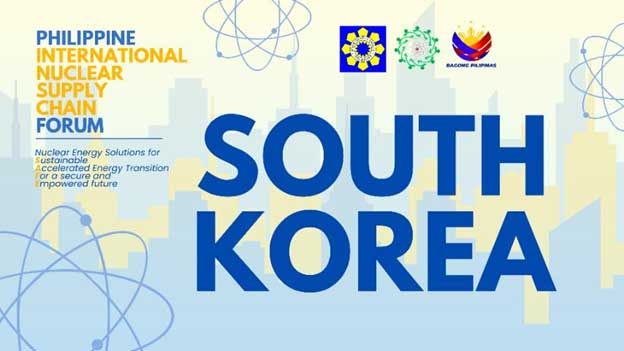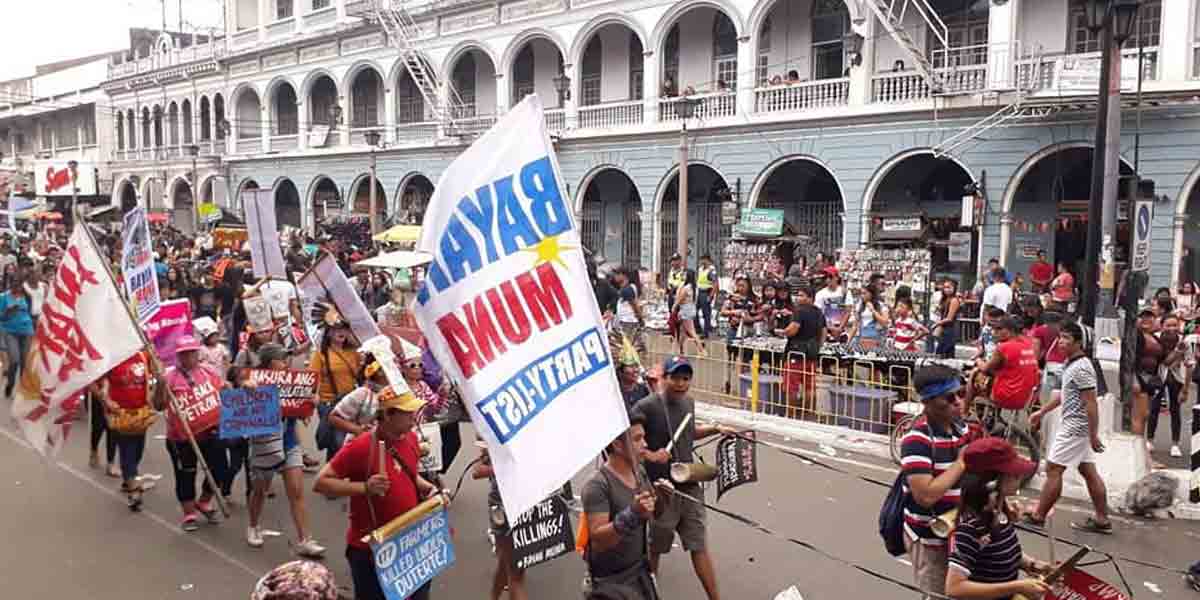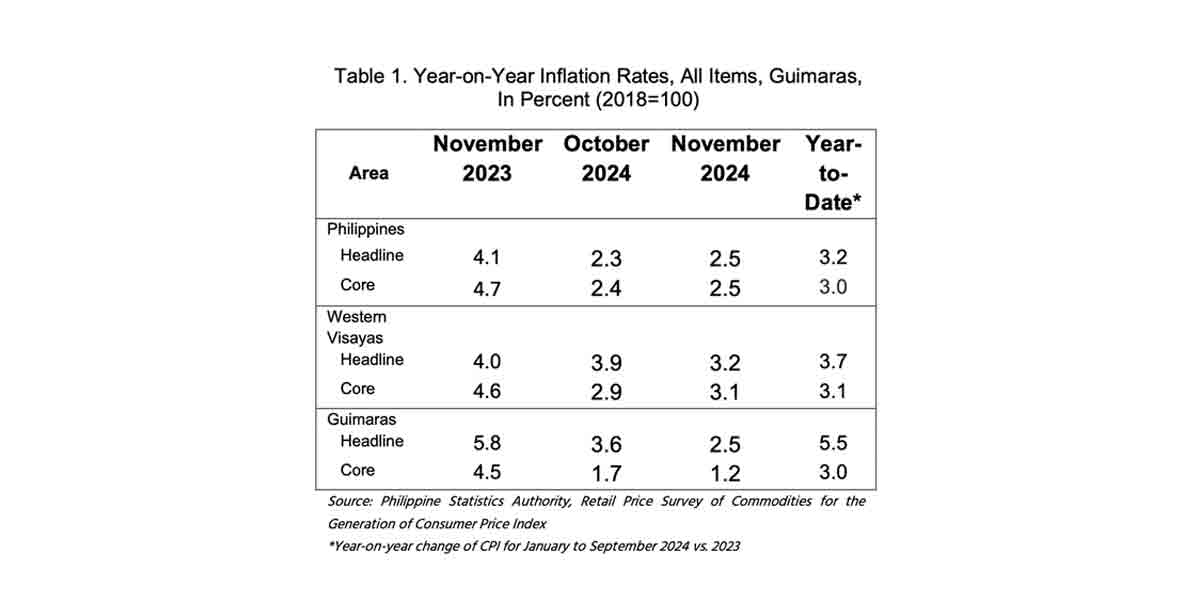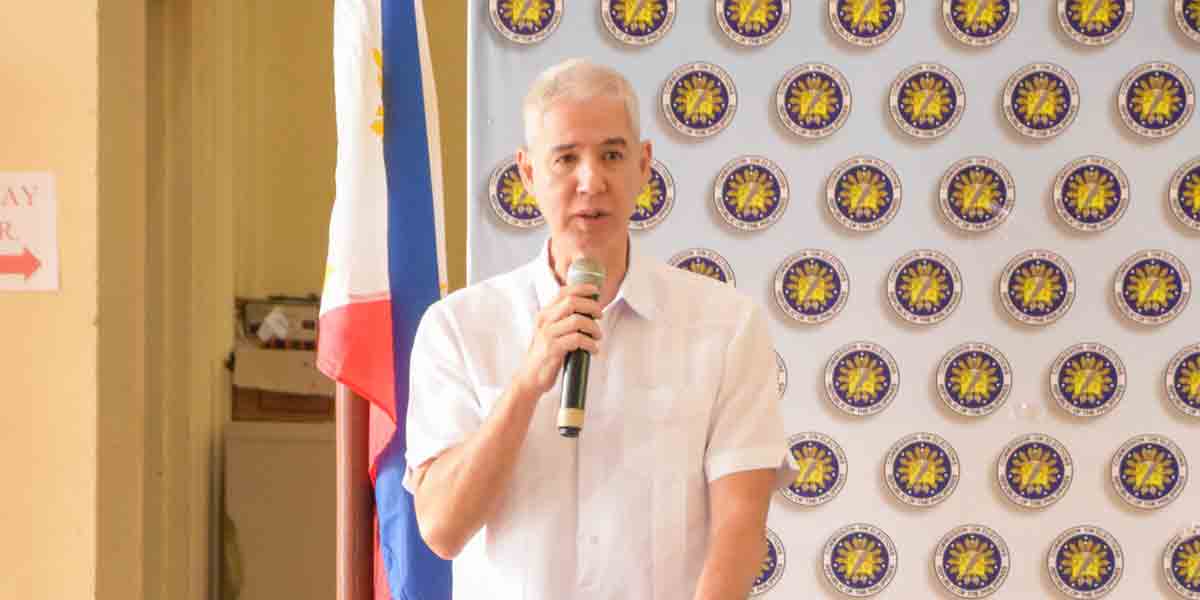
South Korea, a global leader in nuclear energy, is set to share its extensive experience at the Philippine International Nuclear Supply Chain Forum (PINSCF) 2024, scheduled for November 13-15 at Solaire Resort North in Quezon City.
The forum will serve as a hub for international collaboration and knowledge exchange, with presentations and discussions led by energy experts from the United States, Canada, France, Japan, and South Korea. The focus will be on various nuclear technologies and regulatory frameworks as the Philippines looks to integrate nuclear energy into its energy mix.
On the final day of the event, South Korea’s delegation, including representatives from Korea Hydro & Nuclear Power (KHNP), will highlight the nation’s nuclear energy success stories. KHNP will present its innovative solutions and lessons learned from decades of incorporating nuclear energy into South Korea’s power grid.
South Korea has been a leader in nuclear energy since 1978, operating 26 reactors with a total net capacity of 25,825 megawatts electric (MWe). These reactors generated 30.7% of the country’s electricity in 2023. The country also plans to expand its nuclear capacity under its Draft 11th Basic Plan on Electricity Supply and Demand, which includes building three new reactors and incorporating small modular reactors (SMRs) by 2038.
South Korea’s nuclear innovation is exemplified by the development of the APR-1400 reactor, which produces 1,400 megawatts per unit. Certified by both European and U.S. regulators, the reactor design has allowed South Korea to expand its nuclear exports globally, with a goal of capturing 20% of the world market over the next 20 years. This would translate to the export of 80 reactors, valued at approximately USD400 billion.
The Philippines has a history of nuclear collaboration with South Korea, including a pre-feasibility study of the Bataan Nuclear Power Plant (BNPP) in 2017, an MOU on nuclear infrastructure in 2018, and a joint study for deploying SMRs in the Cagayan Economic Zone Authority in 2019.
As of October 2024, the two nations are working on a comprehensive study to explore the potential of nuclear energy in the Philippines, following a new MOU signed earlier this month. This study is expected to inform the country’s decision on whether to revive the BNPP and consider other nuclear technologies and potential sites.
“The Philippines is committed to exploring all options for a secure and sustainable energy future, including nuclear energy,” the Department of Energy said. “Drawing on South Korea’s decades of leadership in this field, we hope to gain invaluable insights as we explore the potential of this technology.”
The Philippines aims to include an initial 1,200 megawatts of nuclear energy in its power mix by 2032 as part of its efforts to secure a more sustainable and low-carbon energy future.
The PINSCF 2024 will provide a platform for industry players, media, and stakeholders to engage with South Korean experts and explore partnerships. Registration is available on the event’s official website, and media inquiries can be directed to the Department of Energy’s media team.
This forum highlights South Korea’s nuclear expertise as the Philippines weighs its options for addressing its energy needs and combating climate change.





















